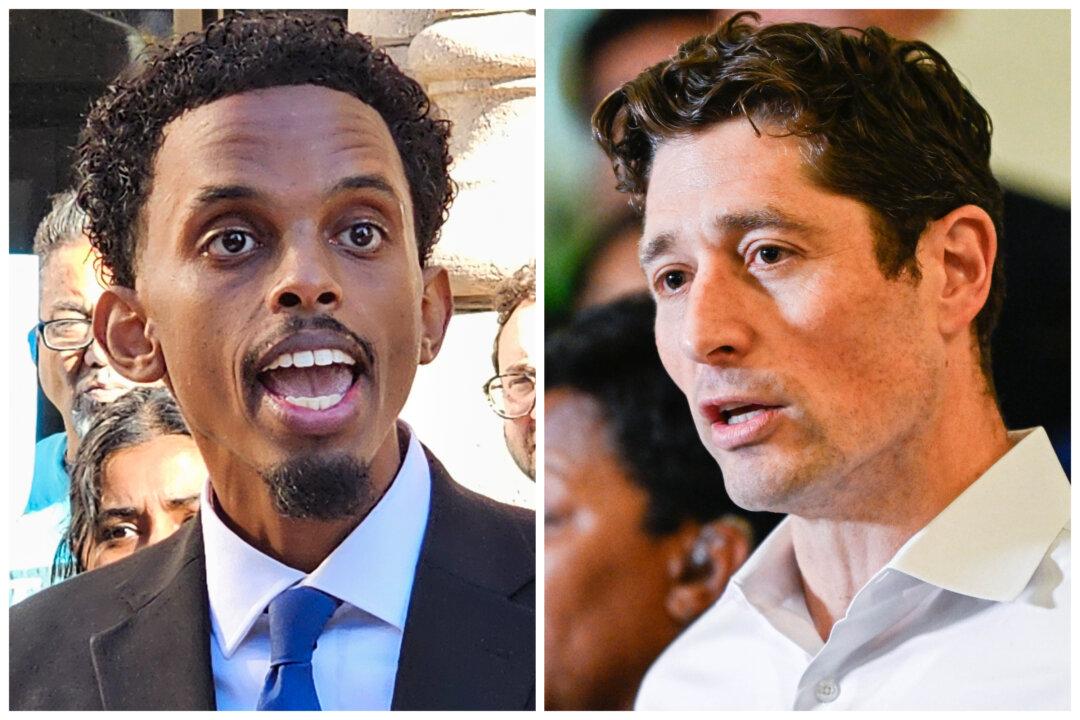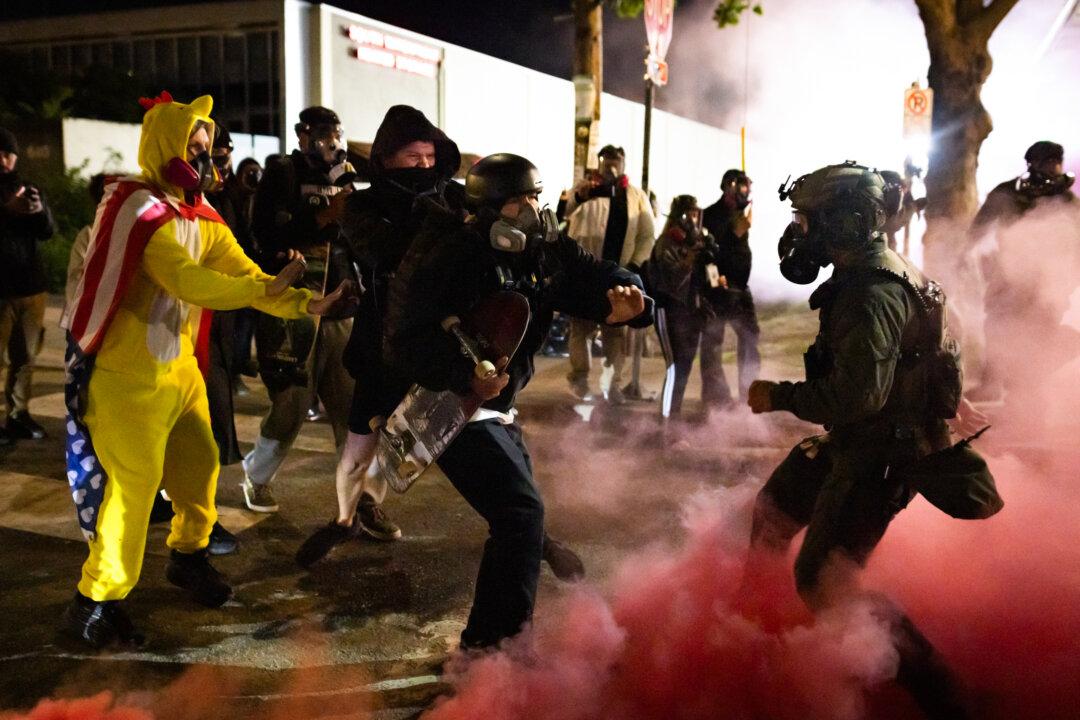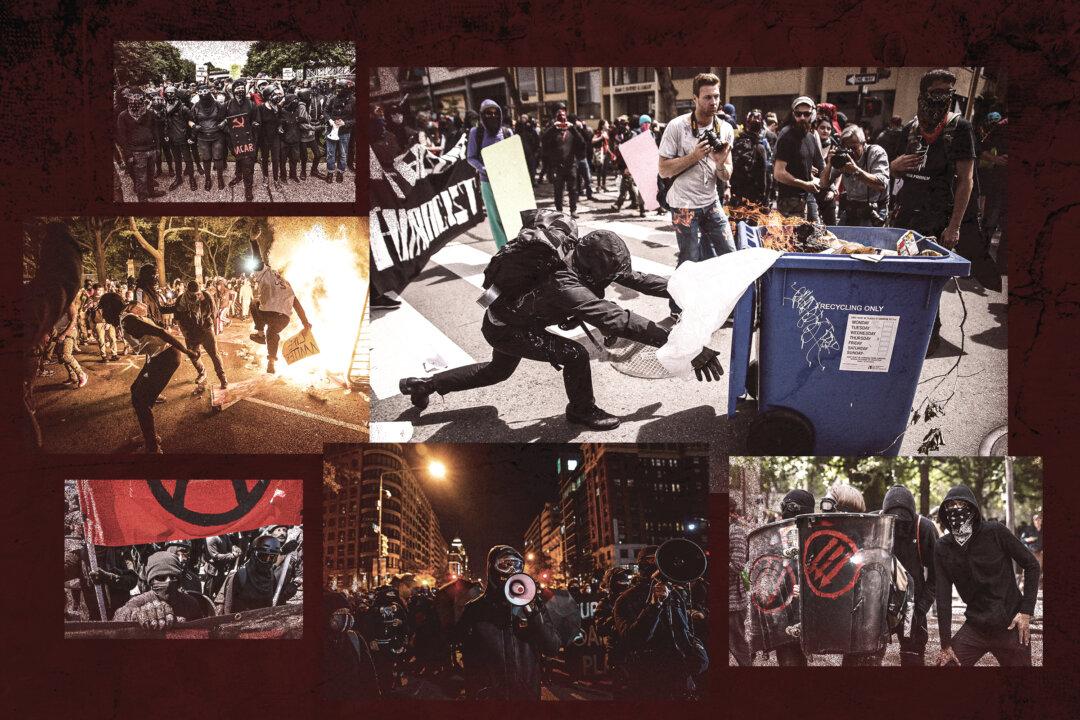President-elect Donald Trump is poised to issue a record-breaking number of actions immediately after his inauguration on Jan. 20.
Stephen Miller, Trump’s incoming deputy chief of staff, has said that Trump would make more than 100 executive actions within the first 48 hours of his second presidential term. Such actions include executive orders, proclamations, and memoranda—“commands to the bureaucracy to change their ways,” Miller told Fox News.





